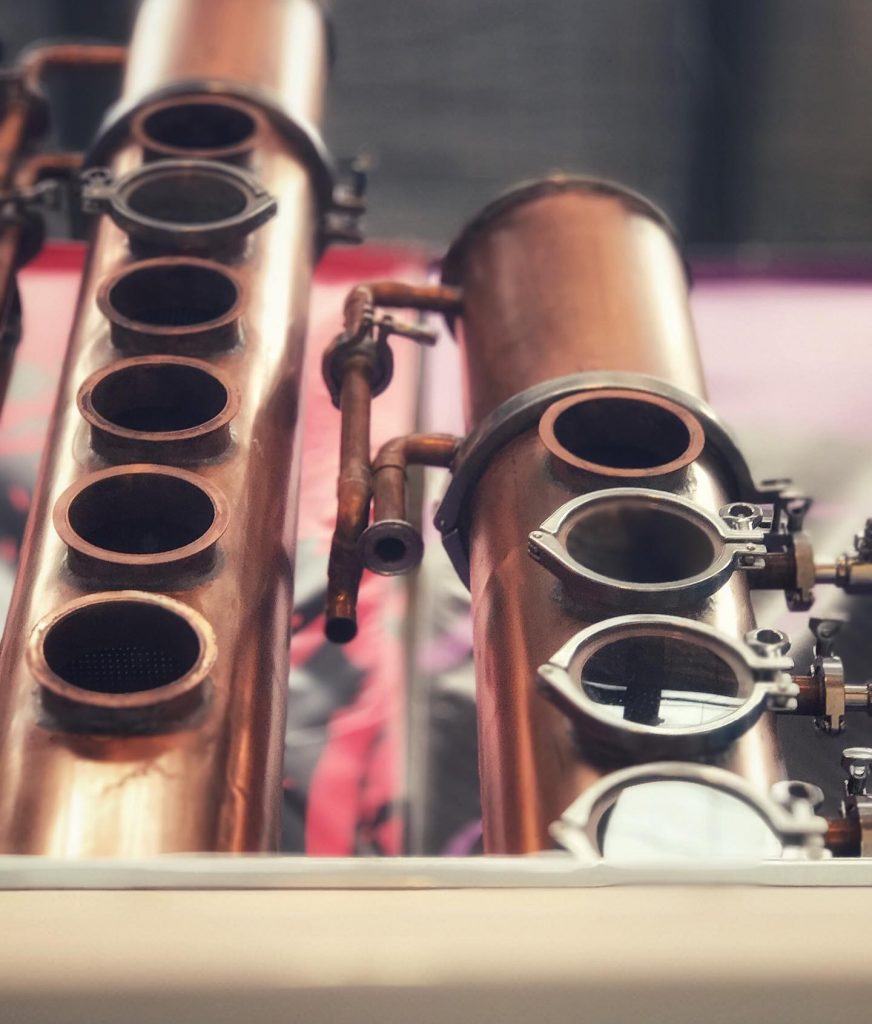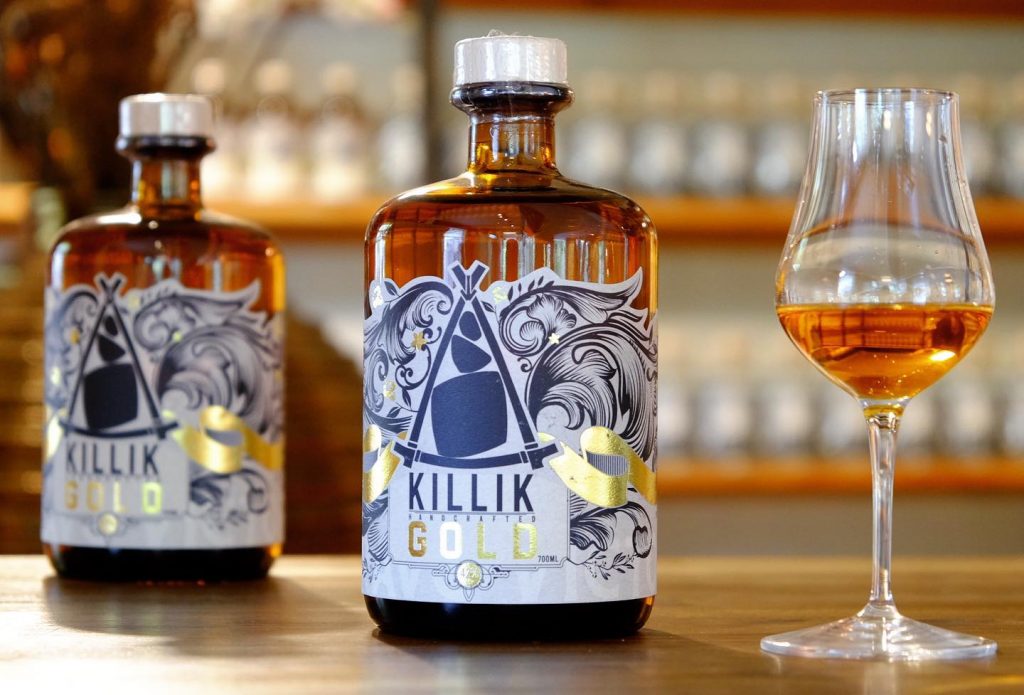Killik Handcrafted is a rum company now, but it didn’t originate that way. In fact, the original basis of operations way back in 2009 was a brewery (of sour beer) which was begun by the brothers Ben and Callum Pratt when they hadn’t even hit their twenties. For most of the next decade they slowly did research, visited other breweries, and learned about distillation. Their first love was indeed rum (and corn spirits) and beer was a stepping stone to that goal, allowing the development of expertise, and gaining of equity sufficient to start the distillery.
By 2019 things were more or less ready. Molasses was and remains sourced out of Queensland, with no plans to add cane juice (yet — because they are still in the process of perfecting what they do work with and don’t want to lose that focus); and barrels were sourced in the Barossa Valley cooperage of Stillers (east of Adelaide, in South Australia’s wine country). They had acquired a hybrid distillation apparatus, a 1000-liter pot still with a 4-plate column bolted on (as well as a 6-plate column that thus far remains unused) and the pivot to rums moved into high gear. Interestingly, the brothers evinced a certain indifference to the stills quite at odds with most rum geeks who see them as one of the defining production markers of a rum’s quality – they saw them more as tools to get the job done, didn’t give them names, and were and remain much more interested in the science and process of the fermentation.

The four-plate and six-plate columns. Photo (c) Killik Handrcrafted Rum (from FB Page, used with permission)
It may be this focus on fermentation that led them to concentrate their efforts into making an Australian version of Jamaican high-ester hogo-centric rum, and this has been pushed front and centre into their website and marketing materials. While the actual details on the website are sketchy and only speak to the use of wild yeasts, Callan confirmed that this is done in conjunction with continuously tinkering with muck pits: “[We]…started [with] sixteen separate small pits which were spontaneously inoculated; from that point we selectively propagated the most successful cultures. We now run three separate mucks of varying age the oldest being around two years. As we deplete one we move onto the next pit until the other pit recovers, [and] the total volume currently ageing is around 6000 liters.”
Unfortunately, just as they got going in 2019, COVID hit, which resulted in two lost years of development. The company did not go under because of a diversified product base (various rums, the silvers, gins, and online sales helped them weather the storm. In the interim they kept experimenting and laying down pot still distillate to age into full blown rums, but admit that the release of those rums is not foreseeable, as they would require far more ageing than, say, the one year old Gold. Too, for now (i.e., early 2022) the market is favouring tamer blends than something more robust such as those high ester pot still experiments they have sleeping in the barrels – but Callan noted that Australians are getting more and more into artisanal rums and craft spirits, so it’s just a matter of time before the profile of the distillery is enhanced by the release of the jazzed up ageing stocks. If the white rums they have already released are anything to go by, it’ll be worth waiting for them.
Epilogue: A note on the logo:
At first I thought the logo represented an aboriginal motif similar to the Canadian First Nations’ Inukshuk (a marker made from carefully placed stones), but Killik’s “About” page showed that the name and the logo they chose was no accident and actually related to shipping: “The name “Killik” is derived from the word “killick”, being an old anchor handcrafted by encasing stone in a wooden frame. To us, Killik represents strength and stability, while taking a nod to the classic archetype of bottles of rum making their way around the Caribbean on old rustic ships.” Callan told me “It is a sharp snappy word with connotations of solidity. So it seems like a really good fit to name our brand after.”
After reading around some more, I found out that a killick was also a slang term for a sailor first class (or “leading seaman” – the term has been retired) in the Royal Canadian Navy. The discontinued old style insignia for this rank used to be a ‘fouled’ anchor – an anchor with a length of rope twisted around it). Both term and insignia continue to be used in other navies, including the British, from whence it probably originated.
Sources:
- Killik’s webpage
- Emails with Callan Pratt
- Mr. and Mrs. Rum’s daily Instagram notes in December 2021
- Broadsheet online newsmagazine Melbourne edition, Feb 8, 2022
- Visit Arra Valley website
Rum List (as of March 2022)
- Killik Silver (Unaged) 42%
- Killik Silver Overproof (Unaged) 59%
- Killik Double Barrel 44%
- Killik Gold 42% (Chardonnay barrel aged)

